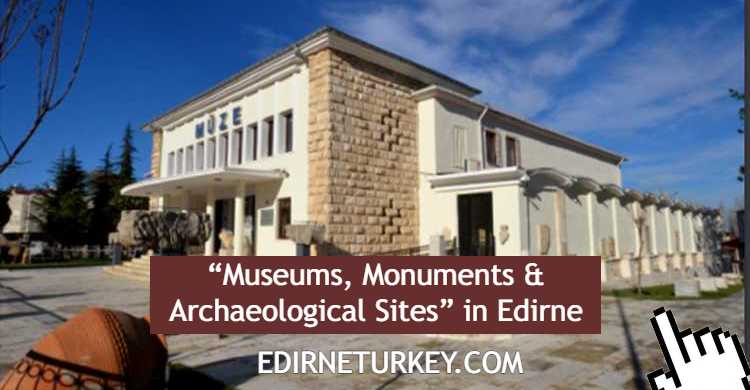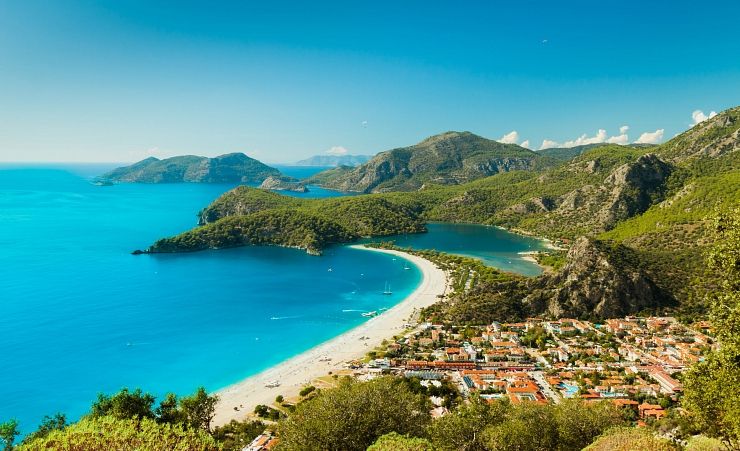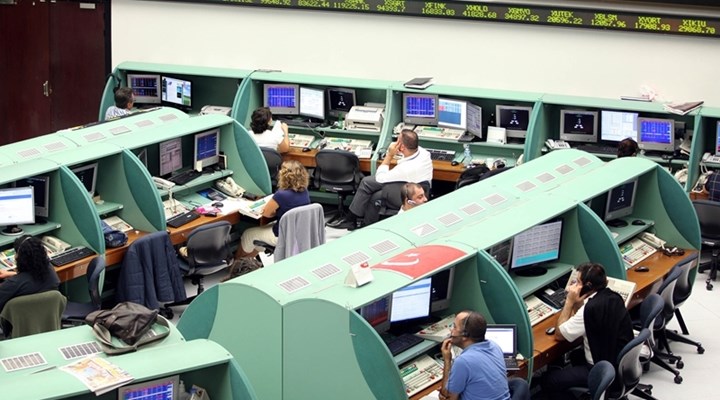Trabzon… An important tourism destination on Turkey’s Black Sea coast

An important stop along the historical Silk Road, a focal point of Black Sea tourism, a city with rich culture, local characteristics, and breathtaking natural beauty that truly deserves to be seen…
History: Based on findings from excavations, the earliest settlements in the region date back to around 7,000 BC (the Paleolithic Age). Nomadic tribes of the Caucasian race settled in the area around 2000 BC. The established city was influenced by various civilizations, coming under the dominion of the Pontus Kingdom for a period, and later captured by the Romans. It was repaired by Hadrianus in the 2nd century AD and was ruled by the Byzantines.
The Trabzon Empire of Kommen, founded in 1204, collapsed on October 26, 1461, when Fatih Sultan Mehmet (conqueror of Istanbul) captured the city. The city also witnessed the Russian occupation during World War I and became a province of the Republic of Turkey in 1924.
Trabzon, where the renowned traveler Marco Polo visited, Yavuz Sultan Selim (Ottoman emperor later) served as a governor, and Suleyman the Magnificent (Ottoman emperor) was born, is home to numerous relics from the Roman, Byzantine, and Ottoman eras.
PlACES WORTH VISITING IN TRABZON
Atatürk’s Mansion: Constructed in 1903 by a Russian named Konstantin Kabayanidis, Atatürk Mansion House bears 19th-century European architectural features. Overlooking the city from the Soğuksu Hill, the museum house, now known as the Atatürk Mansion Museum, welcomes visitors while also offering a café in its garden for relaxation. With its aesthetically pleasing architecture and meticulous upkeep, the museum house, where Mustafa Kemal and his wife Latife Hanım stayed when they visited Trabzon for the first time on September 12, 1924, evokes admiration.

Hagia Sophia: Located about two kilometers west of the city center within a monastery complex, this church was built during the reign of Manuel I of the Komnenos State in Trabzon. Next to the structure is a bell tower dating back to 1427. This church, which has maintained its significance as one of the most important structures of the Byzantine era for centuries, has a rich history.

Sumela (Virgin Mary) Monastery
Forming one of Trabzon’s most important tourist attractions, the monastery is situated in the Meryemana Creek Valley, 17 kilometers south of the Maçka district, built into a steep slope about 200 meters above the valley floor like a wall. The breathtaking panoramic view from the level reached by a challenging climb makes the effort worthwhile, showcasing beauty that makes one forget all hardships. Recognized as a sacred temple by Orthodox and Catholic Christian denominations, the monastery was founded in 385 BC. Over time, it was expanded, looted, suffered fires, repaired, and rebuilt with 72 rooms and libraries, adorned with frescoes.

Çaykara-Uzungöl Tourism Center: Accessed via an 80-kilometer road from Trabzon to Çaykara followed by a 19-kilometer route with occasional ramps, Uzungöl is one of Trabzon’s significant tourism potential sites. The lake, formed due to a landslide in the Haldizen Creek Valley, lies atop a summit that somewhat resembles the Swiss Alps and may even evoke envy. Proceeding beyond the mosque that greets you at the entrance, you arrive at the facilities area. The road on the right, on the other hand, takes climbers to heights from where the entire beauty of the lake can be observed, and the view seems to suspend time. The forest of larch trees surrounding the lake offers not only a soothing but also a pure, filtered, fresh, and fragrant air.
TRABZON AND FOLKLORIC VALUES

The “horon” dance, performed to the accompaniment of a 3-stringed instrument called “kemençe,” embodies agility, toughness, fierce sea waves, boat movements in its lively and dynamic figures. This dance draws great interest from visiting tourists, who participate in the dances driven by the energy of the rhythm. The regional garments, adorned with interesting patterns and colors, are just as captivating as the dances themselves.
“Wool rugs,” woven on wooden looms, are worn by local women on their heads like shawls, and “peştamals” are tied around their fronts like aprons. These “peştamals” are woven with various patterns using natural dyes.





